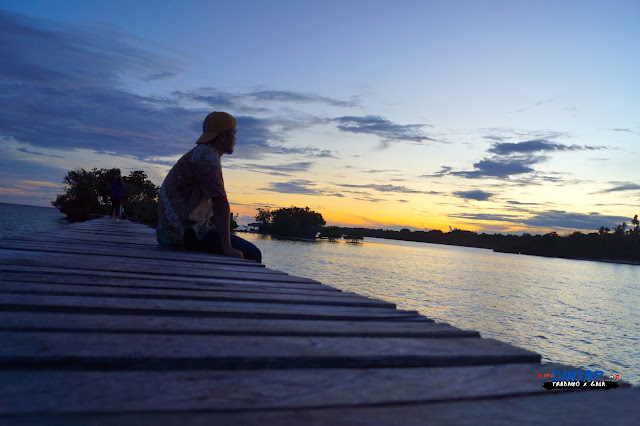Bongao is the capital town of the province of Tawi-Tawi, located in the southernmost part of the Philippines. It is situated on the island of Bongao, which is the largest island in the province. Bongao is known for its rich culture, history, and natural attractions.
Brief History
The early inhabitants of Bongao were the Sama-Bajau people, who were known for their seafaring skills and lived in stilt houses along the coast. In the 14th century, Bongao became a part of the Sultanate of Sulu, a powerful Muslim state that controlled much of what is now the southern Philippines.
During the Spanish colonial period, Bongao was visited by Spanish missionaries, who attempted to convert the local population to Christianity. However, the Sama-Bajau people resisted these efforts and continued to practice their traditional beliefs and way of life.
In the early 20th century, Bongao became a center for the pearl industry, which brought wealth and prosperity to the town. However, the industry declined in the 1930s due to overfishing and the introduction of plastic pearls.
During World War II, Bongao was occupied by Japanese forces, who used the town as a base for their operations in the southern Philippines. The town was liberated by American and Filipino forces in 1945.
After the war, Bongao became the capital of the newly-formed province of Tawi-Tawi. The town continued to develop as a center for trade, commerce, and tourism, and today is home to a number of government offices, schools, and businesses.
Despite its modernization, Bongao has managed to preserve its traditional Sama-Bajau culture, including its unique language, music, and dance. The town is also known for its natural beauty, including its white sand beaches, clear waters, and diverse marine life.
Population, Poverty, and Economy
As of the 2020 census, the population of Bongao, the capital town of Tawi-Tawi, is approximately 101,500. The majority of the population is Sama-Bajau, a predominantly Muslim ethnic group known for their seafaring skills and traditional way of life. The town has a land area of 90.78 square kilometers and a population density of 1,117 persons per square kilometer.
In terms of poverty, Bongao has a poverty incidence of 36.9% as of 2018, which is slightly higher than the national average of 16.6%. Poverty is attributed to a lack of job opportunities, limited access to basic services, and geographic isolation.
The economy of Bongao is primarily based on agriculture, fishing, and trade. The town is known for its seaweed farming industry, which is a major source of livelihood for many residents. Other important crops include coconut, rice, and various fruits and vegetables. Fishing is also a significant source of income, with a wide variety of fish and other seafood caught in the waters surrounding the town. Bongao is also a center for trade and commerce in Tawi-Tawi, with a number of markets, stores, and small businesses operating in the town.
Tourism is also an emerging industry in Bongao, with its natural beauty and cultural attractions drawing visitors from around the Philippines and the world. The town is known for its white sand beaches, clear waters, and diverse marine life, as well as its traditional Sama-Bajau culture and unique cuisine. The local government has been working to promote tourism in the town through the development of infrastructure and the implementation of sustainable tourism practices.
Here are some of the tourist spots and things to do in Bongao:
- Bud Bongao - Bud Bongao is a mountain that is considered a sacred place by the locals. Visitors can trek up the mountain and enjoy the panoramic view of the town, surrounding islands, and the sea.
- Tawi-Tawi Capitol Complex - The Tawi-Tawi Capitol Complex is located in Bongao and is the center of government activities in the province. Visitors can see the unique architecture of the building and appreciate the local culture and traditions.
- Simunul Island - Simunul Island is located near Bongao and is the site of the first mosque in the Philippines. Visitors can explore the island and learn about the rich history and culture of the area.
- Beaches - Bongao has several beautiful beaches that offer clear waters and white sand. Some of the popular beaches include Sumandak Beach, Tampat Beach, and Tandubanak Beach.
- Sama Cultural Village - The Sama Cultural Village is a community that showcases the traditional way of life of the Sama people, who are the indigenous people of Tawi-Tawi. Visitors can experience the local culture, try the traditional food, and purchase handicrafts made by the locals.
- Island Hopping - Bongao is surrounded by several small islands that are perfect for island hopping. Some of the popular destinations include Pababag Island, Sibutu Island, and Simunul Island.
Overall, Bongao offers a unique and unforgettable experience for tourists who want to enjoy nature, culture, and adventure.







